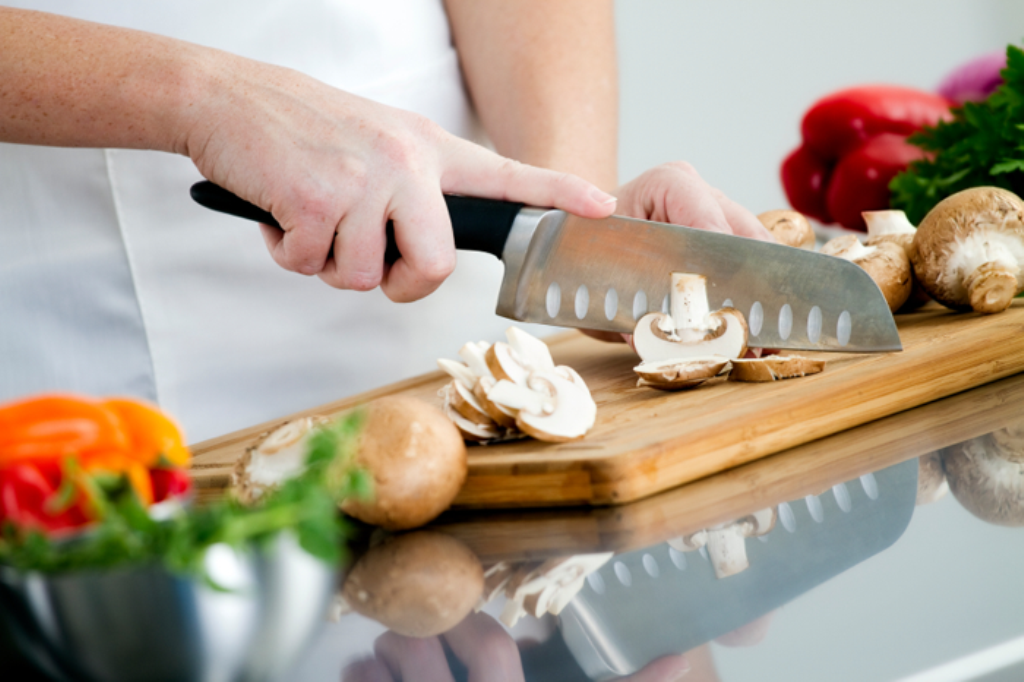Creating your own cutting board allows you to have a unique, durable, and functional tool in your kitchen. This article provides a detailed guide on how to make a cutting board from a log that both professional chefs and cooking enthusiasts will appreciate. Not only does a homemade cutting board serve a practical purpose, but it also adds an aesthetic touch to your kitchen.
The process of crafting your own board does take some time and patience, but with the right materials, tools, and guidance, you can create a cutting board that is not just functional but also a conversation starter.

Why Choose a Wooden Cutting Board?
Wood is often considered the best material for cutting boards due to its ability to be gentle on knife edges while also being easy to maintain with proper care. With its natural ferment and durability, wooden boards can last for many years if treated well. Additionally, they add a rustic charm to your kitchen ambiance.
Materials You Will Need
Before diving into the crafting process, lets go through the essential items:
- Log: Select a hardwood log, such as maple, oak, or walnut for durability. Avoid resinous softwoods, as they can absorb flavors and odors.
- Tools: Chainsaw, sander, wood glue, clamps, and mineral oil for finishing.
Steps for Crafting Your Cutting Board
Now that you have your materials ready, let us move on to the exciting part crafting your cutting board. Follow these steps closely:
Step 1: Cutting the Log
Using a chainsaw, cut your log into your desired dimensions for the cutting board. A standard size would be around 18 x 12 x 1.5. Be sure to work carefully for a straight cut.
Step 2: Smoothing the Surface
Once youve cut your board pieces, smooth the surfaces using a sander. Start with coarse grit sandpaper and progressively move to finer grits. This step is crucial for preventing splinters and ensuring an even surface.
Step 3: Joining Pieces Together
If you wish to join multiple pieces, apply a thin layer of wood glue, and use clamps to hold them together firmly. Allow the glue to cure according to the manufacturers instructions.
Step 4: Finishing Touches
After the glue has dried, you might want to apply a finish to protect your cutting board. Mineral oil is a popular choice because it is food-safe and helps to seal the wood.
Maintaining Your Cutting Board
To ensure longevity, it is important to maintain your cutting board properly. Regularly applying mineral oil, cleaning with soap and water, and avoiding prolonged water submersion are essential practices. For further maintenance tips, refer to this article.

Common Questions
1. How often should I oil my cutting board?
It is recommended to oil your cutting board once a month, or whenever the wood starts to look dry.
2. Can I use soap and water on my wooden cutting board?
Yes, you can use mild soap and warm water, but avoid soaking the board as this can warp the wood.
3. What types of wood are best for cutting boards?
Hardwoods like maple, oak, and walnut are suitable choices for their durability and non-absorbent properties.
As an Amazon Associate, I earn from qualifying purchases.
For further enhancing your kitchen knowledge, feel free to check out related articles such as 3D Cutting Board, Manager Tips, and Cutting Board Thickness.


























